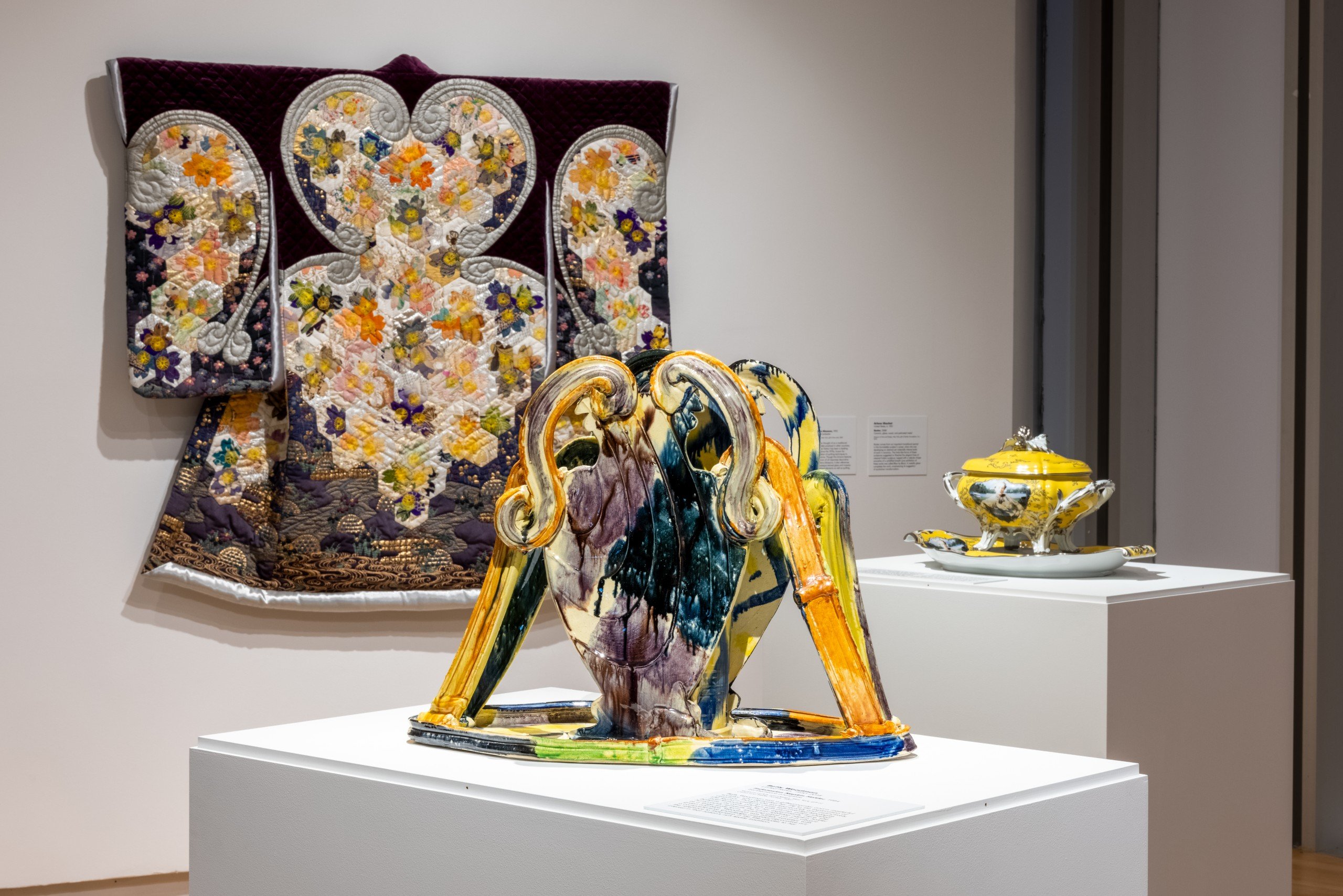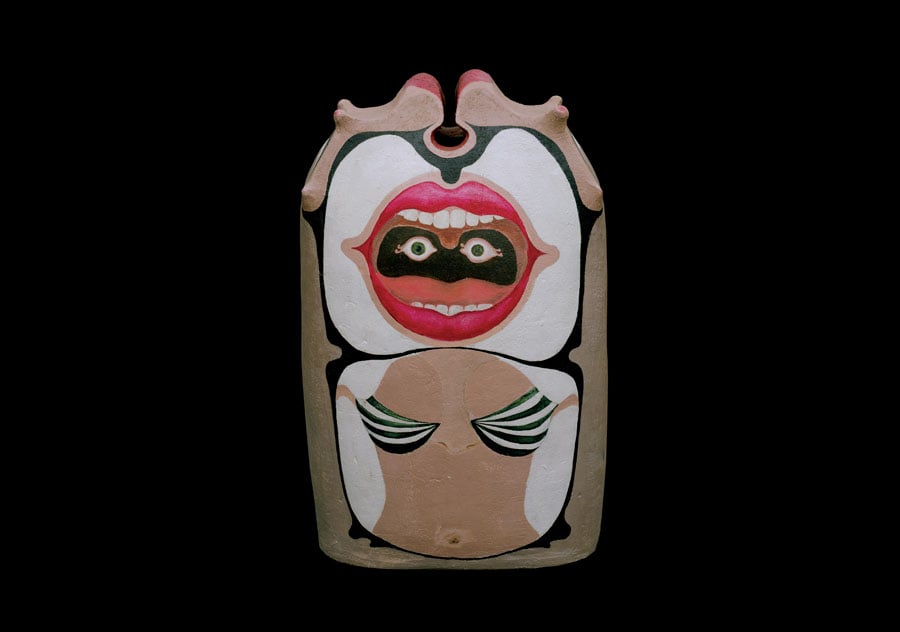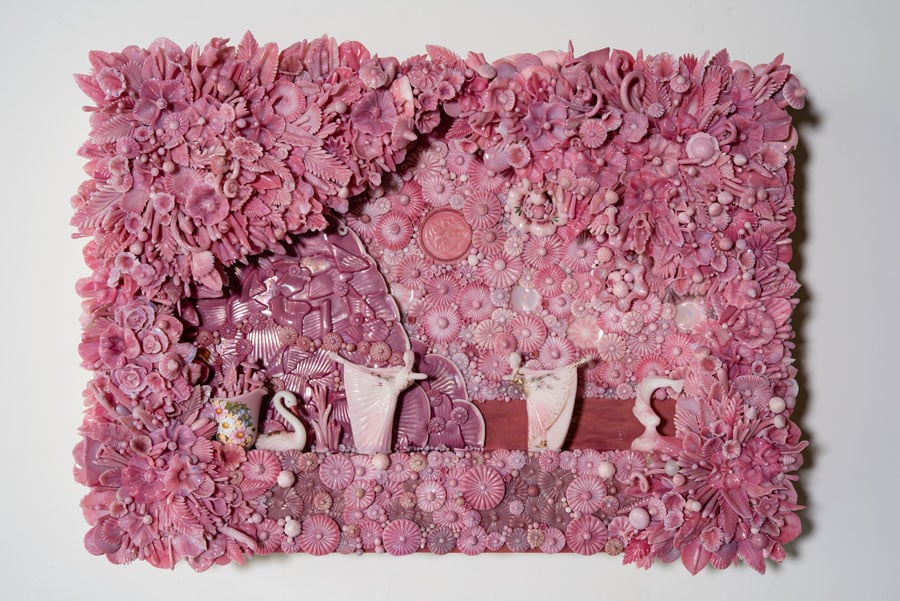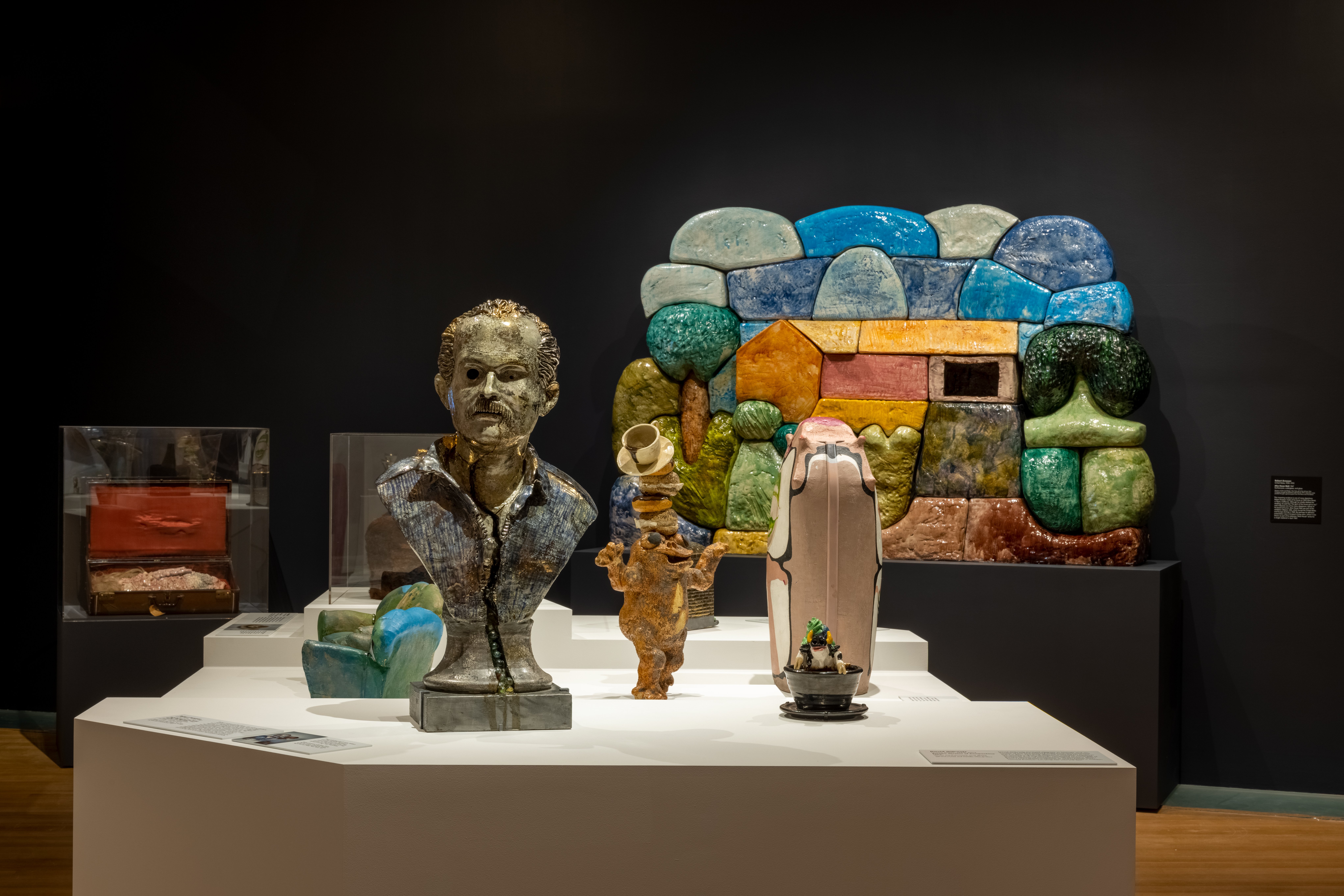
May 24, 2021
New York’s Museum of Arts and Design Puts Craft Front and Center
Uncovering historical works from its permanent collection, the museum seeks to capture the zeitgeist of the contemporary craft revival.

Featured in a slew of recent gallery and museum exhibitions, not to mention a crop of newly dedicated fairs and festivals, craft is having a moment. Beyond the feeble marketing campaigns of lifestyle brands that have co-opted the term, this pre- and post-industrial approach to production has reemerged on every level of the art and design world.
Consumers are becoming increasingly concerned with how their products are made, both in response to the looming climate emergency and their growing awareness of the long-term health impact of certain materials and chemicals. Independent makers have seized the occasion to implement business models that champion transparency and small-scale, slow, closed-looped production. This robust revival might not yet fulfill the hopes and dreams of late-nineteenth-century anti-industrialists like William Morris and John Ruskin, but the push for honest, craft-led design is gaining traction.
Concurrent to this systemic impetus is a growing desire for bespoke objects that reflect individual expression, refute standardization and set stylistic dictums. The renewed interest isn’t solely at the hands of collectors. Everyday consumers are also becoming more interested in products that reflect personality. The challenge that remains is the age-old dilemma of how to make handcrafted products accessible and affordable to a broader audience.

A new comprehensive survey at New York’s Museum of Arts and Design (MAD) looks to ground this current flurry of activity in a historical lineage. On view from May 22, 2021, to February 13, 2022, Craft Front & Center brings together an eclectic array of 70 pieces sourced from the Midtown Manhattan museum’s permanent collection. By presenting these works side by side, MAD is able to pinpoint some common threads that have defined craft production in the past and that are driving the current revival.
Chosen from its collection of 3,000 clay, fiber, glass, metal, and wood works, the objects on view are divided into thematic sections that explore topics as varied as reinterpreted tradition, material exploration, politics, and social issues. Presented within a section titled “What Can You Do with a Thread?” Sanford Biggers’s 2016 Dagu tapestry incorporates repurposed material to express different layers of historical and social meaning through references to the historic Underground Railroad, graffiti, quilting traditions, and the shaped canvases of Modernist painters.
Another section titled “What Can You Do with Glass?” focuses on the career of Californian studio-glass pioneer Marvin Lipofsky. His satirically iconographic 1/4 Pounder With Cheese blown glass sculpture (1973) draws direct inspiration from Pop Art’s critique of mass consumption and the use of cheap readily available materials. Works by Betty Woodman, including the wheel-thrown Indonesian Napkin Holder (1984) figure prominently in the “What Can You Do with Clay?” section, which reveals the parallels between the experimental activity of the late 1960s Funk Art movement and the expressive nature of contemporary ceramics.
Many of the works have been rarely seen since entering MAD’s collection. Other artists on view include Patti Warashina, Amber Cowan, Olga de Amaral, Peter Voulkos, Lenore Tawney, and Magdalena Abakanowicz. Throughout, it is clear that the experimental, often anti-establishment nature of craft dates back to well before the mid-20th-century and that the same maverick approach drives today’s craftspeople.

“Craft Front & Center captures the creative revolution in materials, processes, and subject matter that has transformed our understanding and expectations of art [and design],” said Elissa Auther, MAD’s deputy director of curatorial affairs and the William and Mildred Lasdon Chief Curator. “Like craft itself, the exhibition is down-to-earth and democratic. We want everyone to experience the joy, genius, and humor that objects made by hand bring to the world.”
The ambitious show reaffirms MAD’s position among New York’s myriad art and design museums. Established in 1956 and originally called the Museum of Contemporary Crafts, MAD’s mission from the beginning was to promote and celebrate the role of craftsmanship in American art.
Craft Front & Center honors this tradition by revealing the inherent nonconformity of craft, a practice that is not necessarily beholden to either of its more boisterous sister disciplines. And yet, the exhibition also demonstrates how craft has played a vital role in almost every major art and design movement. The exhibition promises to be a visual delight but also spark thought-provoking discussions about contemporary culture and consumption.
You may also enjoy “Paul Cocksedge Explores the Performative Side of Craft”
Would you like to comment on this article? Send your thoughts to: [email protected]
Register here for Metropolis’s Think Tank Thursdays and hear what leading firms across North America are thinking and working on today.





















